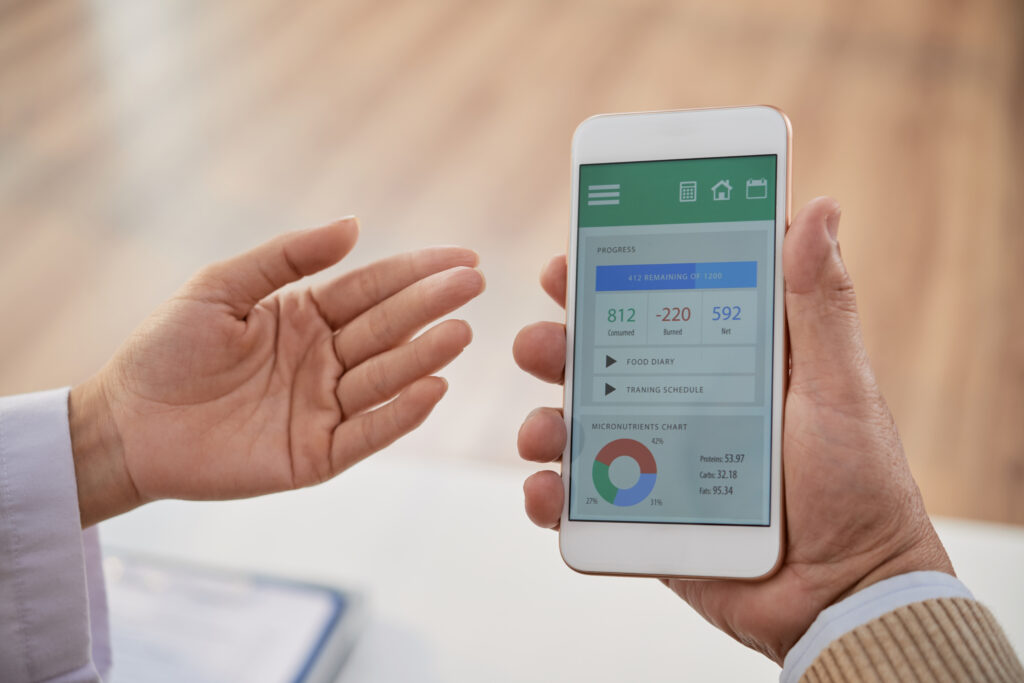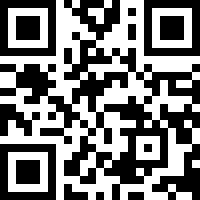There is no doubt that healthcare delivery is transitioning from in-person visits to video calls and remote patient monitoring. It may seem like a radical change, but it is a change that has been accelerated due to necessity because of the ongoing pandemic.
Healthcare providers and systems have quickly switched to telehealth services in order to account for the continual need of medical care. 10 minute phone calls and video calls replace clinic appointments with 30 minute commutes, while digital watches and pulse oximeters replace stethoscopes. The healthcare industry may have transitioned into telehealth to accommodate for the pandemic, but this change is not temporary. If anything, it represents the advent of a new age in healthcare delivery: telehealth is here to stay.
Here at DrKumo, we are working on facilitating telehealth through services like remote patient monitoring (RPM); and there is more to this innovation than just new technology. Part of the success in telehealth depends on staff education — a conclusion derived from the findings of a University of Connecticut study; instead of simply giving RPM and telemedicine tools to frontline workers, education is required to provide workers with the adequate knowledge and understanding of both the workings and the benefits of RPM. If not, these tools and services are practically useless. Their benefits will not show if the healthcare providers and workers do not use them properly or use them to their fullest.
Admittedly, this idea is quite obvious — but it showcases looming obstacles that may prevent companies, such as DrKumo, to bring services like RPM to fruition. After the implementation of telehealth and RPM, the next step would be to educate and inform both patients and medical staff alike about the benefits of RPM. RPM and telemedicine should not be viewed as a hindrance and rather should as valuable tools.
That’s why DrKumo’s goal is not just to introduce RPM to the healthcare system but also to facilitate its integration, optimizing its services for healthcare. We see the potential that RPM holds and we hope to bring it onto the healthcare stage.


